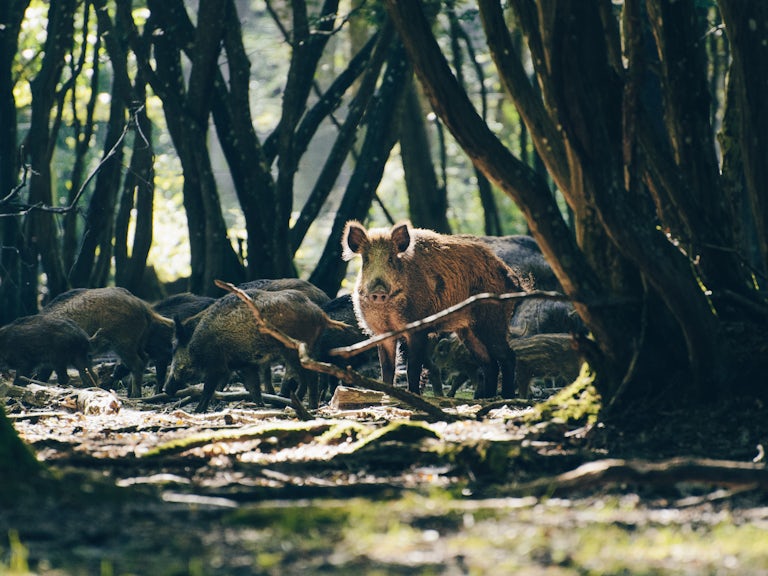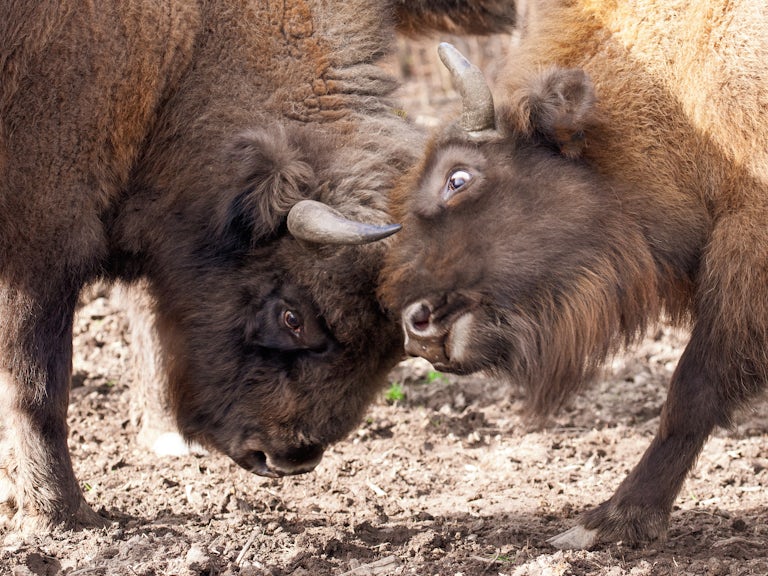Natural regeneration: its key role in reviving Britain's woodlands
Britain is one of the least wooded parts of Europe. Natural regeneration can help restore our native forests and wildwoods.
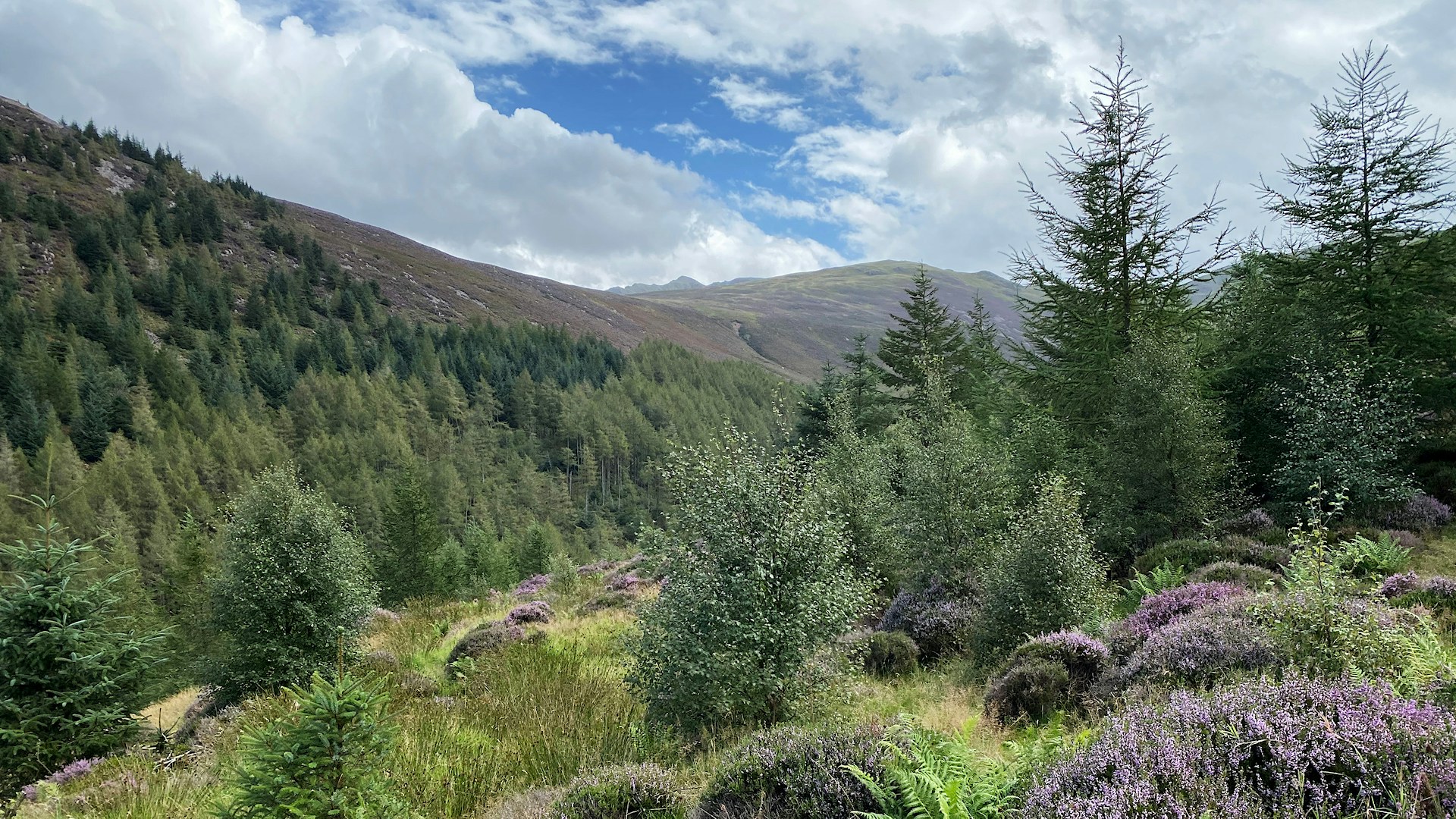
Published 03/09/2020
By Rebecca Wrigley, CEO of Rewilding Britain.
Britain is one of the least wooded parts of Europe. We need to address this, and increase our tree, shrub and woodland cover, for many compelling reasons. Woody vegetation absorbs and locks away atmospheric carbon. It attenuates water, slowing the flow to streams and rivers. People love the dappled shade of trees on a hot summer’s day, and the shelter they provide from wind and rain. And most of our biodiversity is associated with intricate mosaics of trees, shrubs and open grasslands. Here’s plenty of other amazing things that trees do.
We have a challenge on our hands
How do we start the process of expanding our wooded habitats? Do we simply stand back and allow nature the space to work its woodland- creating wonders? Do we kick-start the process then stand back? Or do we get stuck in and act as nature’s guiding hand? The best approach to wooded habitat expansion is the subject of much debate and Rewilding Britain has commissioned a review of evidence as to what sorts of approaches work best in what situations. Our first finding? We can see that in many cases, trees and shrubs readily colonise land when free to do so. Some species colonise consistently. Some take longer. Some seem not to arrive even after a long wait. We still lack a basic understanding of what limits the dispersal of various tree and shrub species.
To take hold or not to take hold
The circumstances at a site can play a big part in whether trees and shrubs take hold. A thick thatch of tussocky grasses can be a formidable barrier. But wild boar can break up the thatch and give seedlings a toe-hold. Cattle can serve a similar role, pulling apart the thatch and creating bare soil into which seeds fall and germinate. Mechanical scarification can kick-start recolonisation by exposing ground to pioneer species like willow and birch. However, even if trees and shrubs get to a given site and germinate successfully, they have to contend with the hungry mouths of large herbivores.
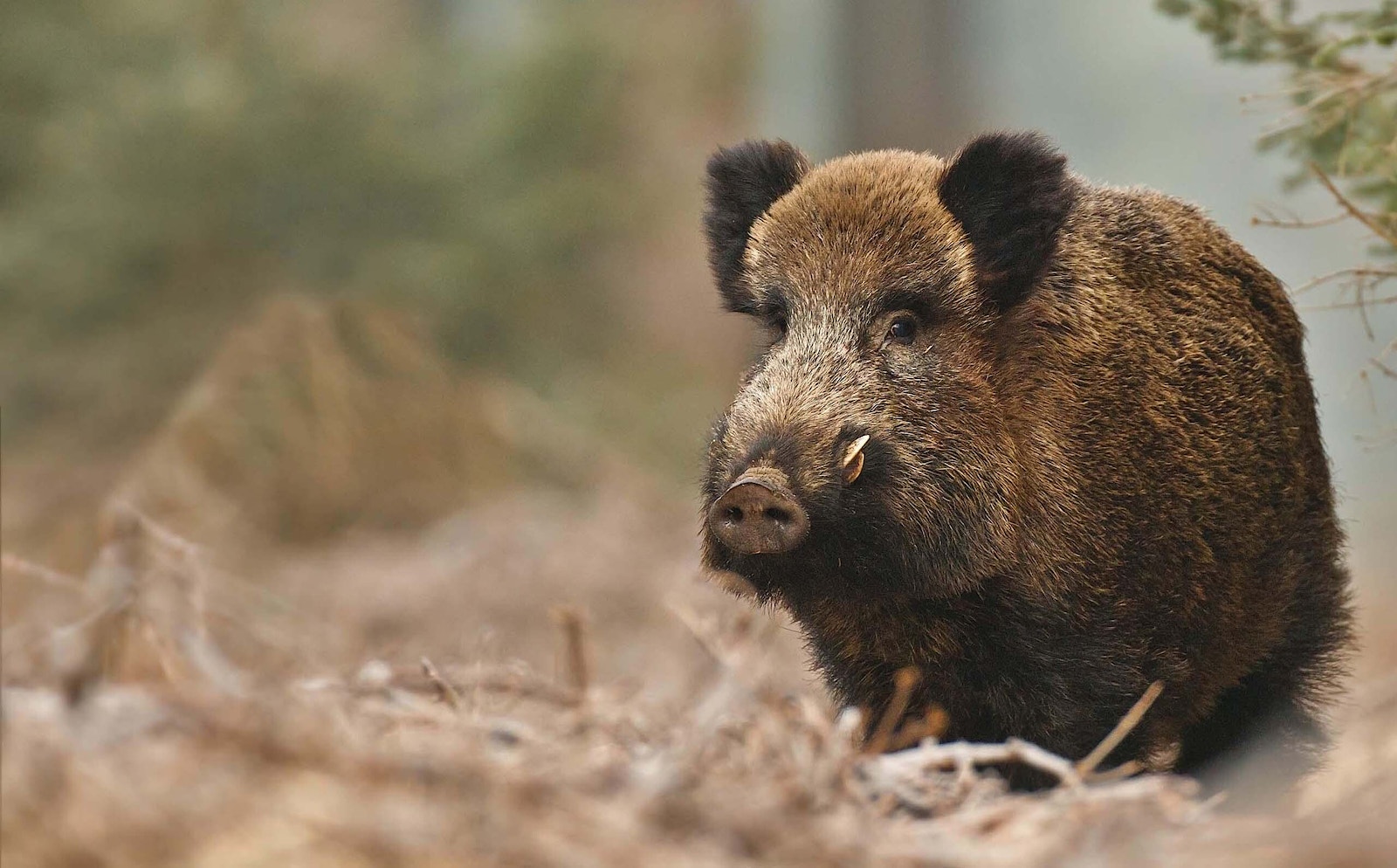
Here in the UK we have both an abundance of native deer and some non-native deer, all in search of woody plants. At very high density, larger deer can all-but curtail any tree and shrub growth. At lower density, deer tend to sculpt the growth of trees and shrubs, not prevent it. That’s just as nature intended it. Trees and shrubs are perfectly well adapted to withstand light grazing and browsing pressure. Sheep are a different matter. Large areas of our uplands are heavily grazed by sheep, which prevent any natural regeneration of woodland or woody shrubs. Our national parks are bare and ecologically bereft as a result. Any strategy for increasing tree cover should start with rural support measures to reduce grazing pressure on sensitive upland ecosystems and encourage their restoration.
Welcome scrub, not fear it
One of the biggest barriers to natural regeneration is our mental block on scrubland, which is too often seen as wasted space and untidy. In fact thorny scrub is a nursery for regenerating trees and a brilliant mosaic habitat in its own right. Many ecological surveys find higher biodiversity in the different habitats of scrub than in adjacent closed-canopy woodland, for example. The old days of conservation volunteers spending weekends scrub- bashing must be left behind — scrub is to be welcomed, not feared. If we abandon our hatred of scrub, the trees will plant themselves.
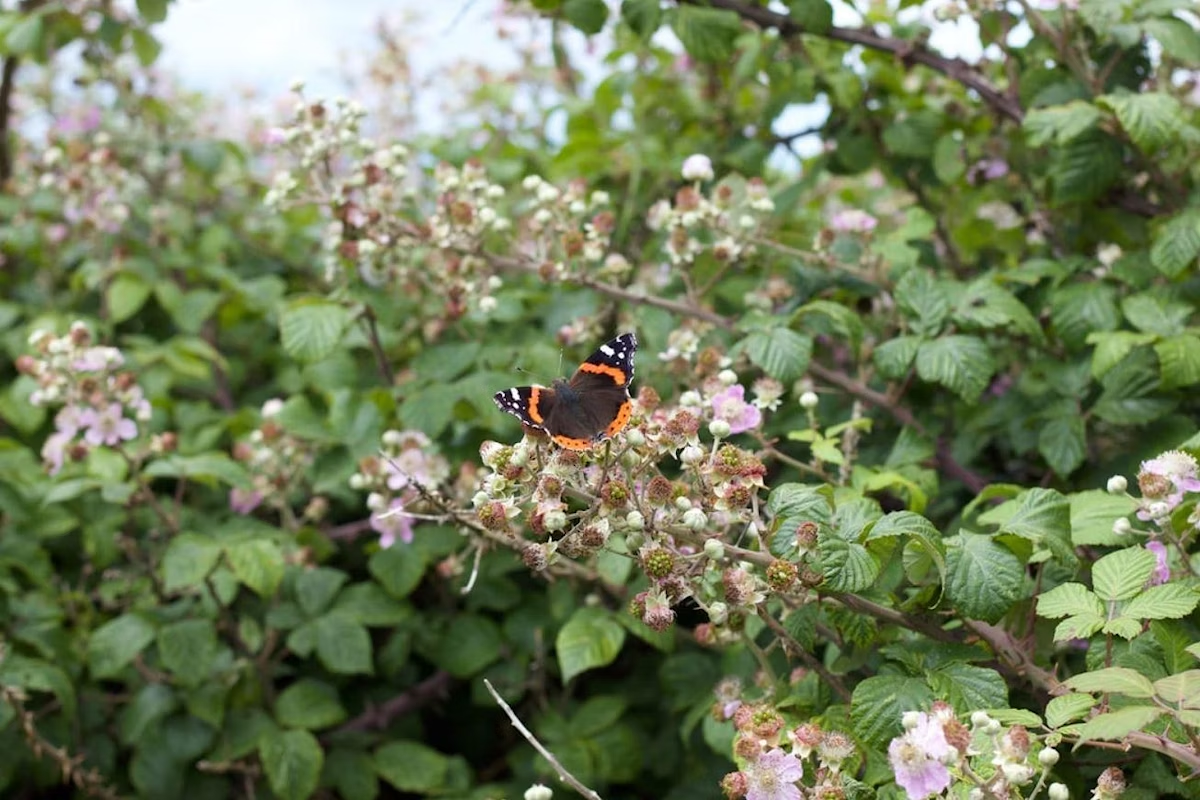
While closing the gate on a field and walking away will in most cases mean a rapid reversion to scrub and then to patchy woodland, this is not guaranteed and the speed and type of establishment depends on many factors. Natural regeneration is best understood therefore as part of a broader rewilding agenda, where natural processes are allowed to take place over larger landscapes rather than or ecological restoration being directed towards specific outcomes. Natural succession takes time, measured in decades rather than years. Thus tree-planting is often preferred as a more fundable quick fix able to achieve numerical government targets. However, over the longer term natural succession is likely to be more successful, even though the exact trajectory of re-vegetation (in terms of species mix, location and density) is virtually impossible to predict in advance.
Natural regeneration is taking place all over the world
Looking around the world, we can find evidence in favour of natural regeneration. In Eastern Europe and the former USSR a huge natural regeneration experiment has been taking place since the collapse of the Soviet Union. More than 58 million hectares of former croplands in Russia and Kazakhstan have been abandoned since the disintegration of the collective farming system. Virtually all of this area has been subject to spontaneous reforestation without a stake or tree guard in sight. Even after just a couple of decades, reversion to pine and deciduous forest means that these areas are absorbing huge quantities of carbon, estimated to total nearly 50 million tonnes per year (equivalent to 150 million tonnes of carbon dioxide) in Russia alone. This evidence suggests that if large areas of former farmland are left undisturbed by ploughing or grazing, the trees will return by themselves.
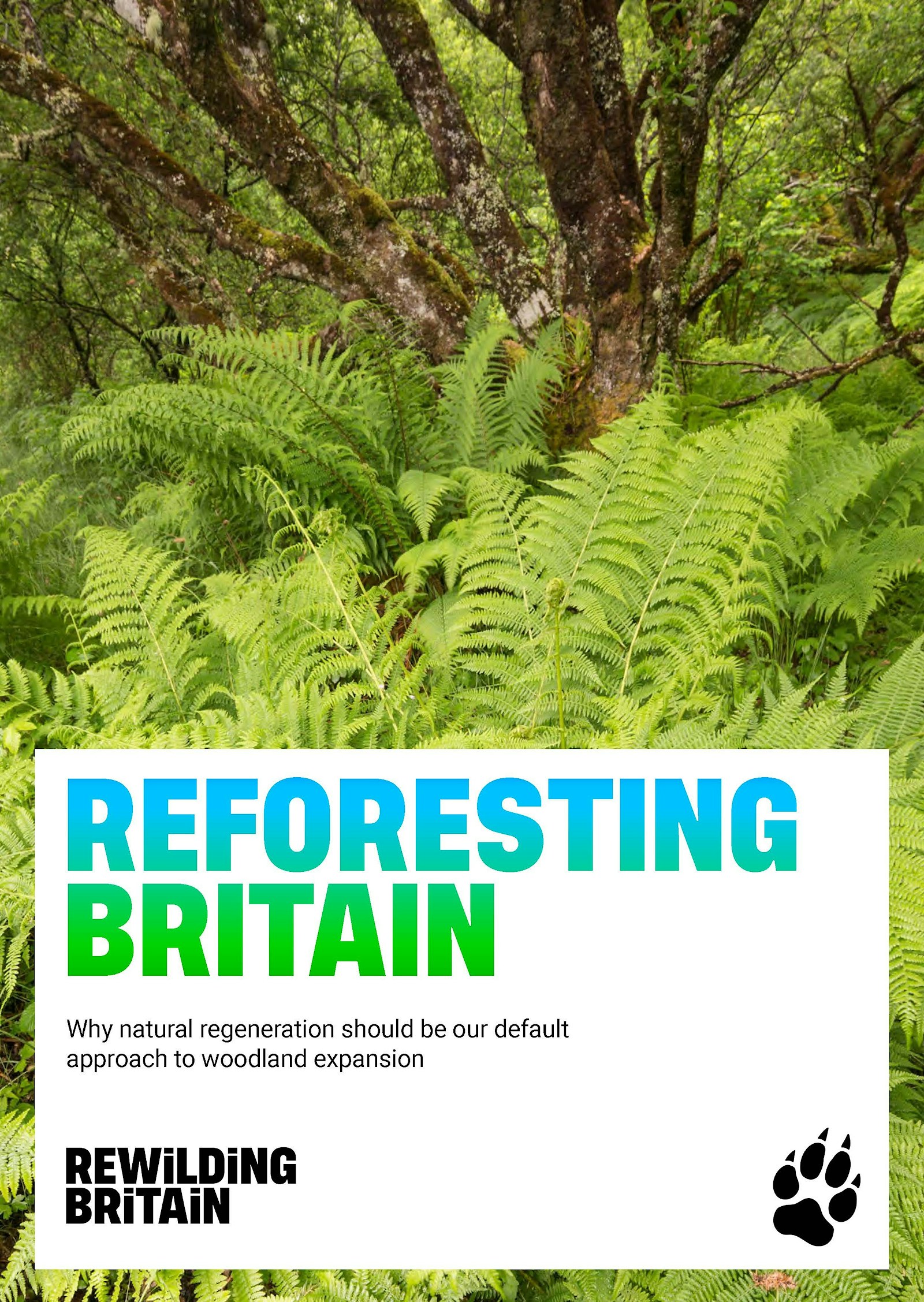
Read our report on why natural regeneration should be the default approach to woodland expansion.
Download pdf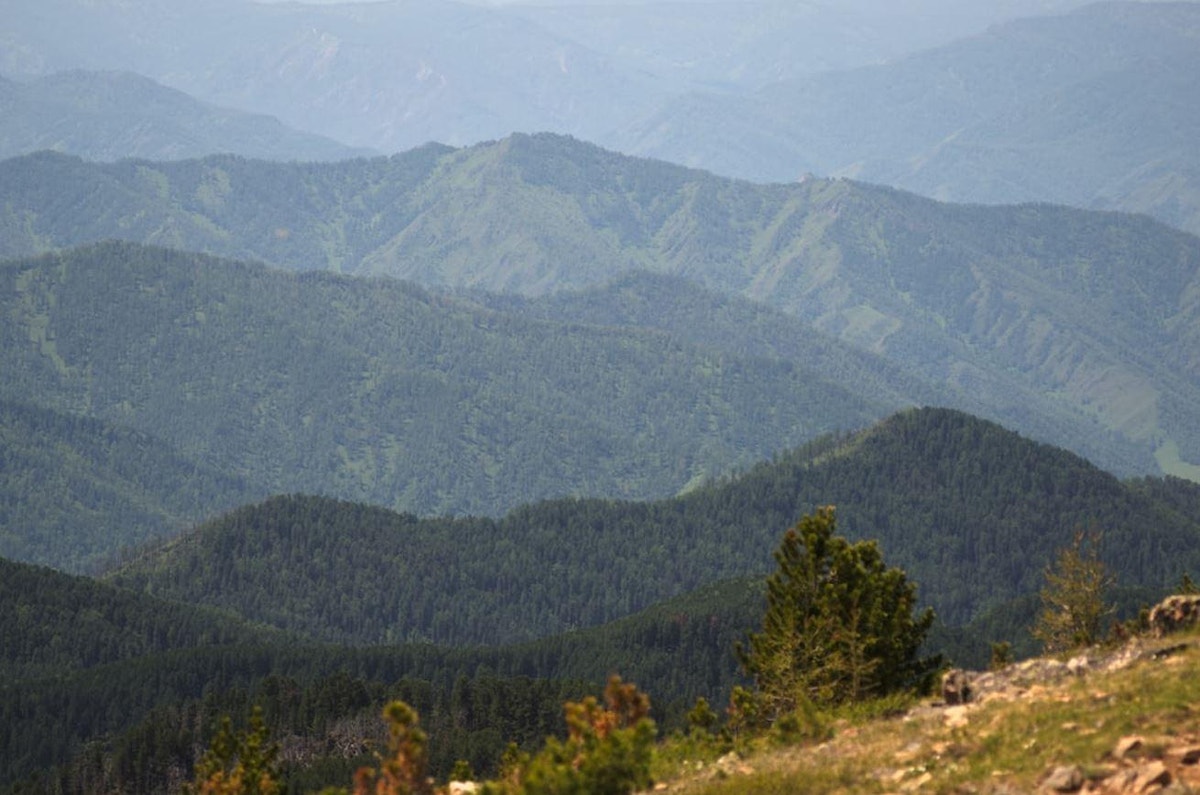
Similar evidence comes from coastal southern Norway, which a century ago was as deforested and bare as many parts of Scotland. Now flourishing broad leaved forests clothe the lower slopes of mountains — including many species considered of extreme conservation value in Scotland due to their rarity. This is an important case study for how natural regeneration might proceed in Scotland and Cumbria if left unimpeded by sheep and deer grazing pressure, and other forms of detrimental management such as (the deliberate burning of hillsides).
The Norwegian experiment suggests that given enough time Scotland could return to the same thriving ecosystem with little external intervention bar the removal of grazing pressure. Norway challenges our perceptions of where forest should be — grasslands and woodlands are more integrated (rather than being fenced off from each other). Treelines are also much higher than most people suppose. Dwarf birch would likely survive in Scotland at 600 – 900m under natural conditions, as would dwarf willow and other broad-leaved species. The reason these montane ecosystems are extinct in Scotland is because of centuries of continued grazing pressure, not climatic unsuitability.
Bringing back Britain’s rainforests
Under natural conditions, Britain would be a rainforest nation. Our islands are squarely located in the temperate rainforest biome, and fragments of this extremely rare temperate rainforest still exist in West Wales and Scotland — the so-called Celtic or Caledonian Rainforest. Rainforests were once extensive on the maritime slopes of westward-facing uplands thanks to a climate which delivers moderate to extreme precipitation frequently throughout the year.
Caledonian pinewoods, Celtic broadleaved woodlands and sessile oak woodlands — which exhibit a high richness of epiphytes like mosses, ferns and lichens — are considered Europe’s true rainforest relics. In Britain such rainforests once supported European bison, wild boar, wolf, lynx, elk, red deer and European brown bear. The tiny fragments that remain should be prioritised as centres of origin for large-scale natural regeneration.
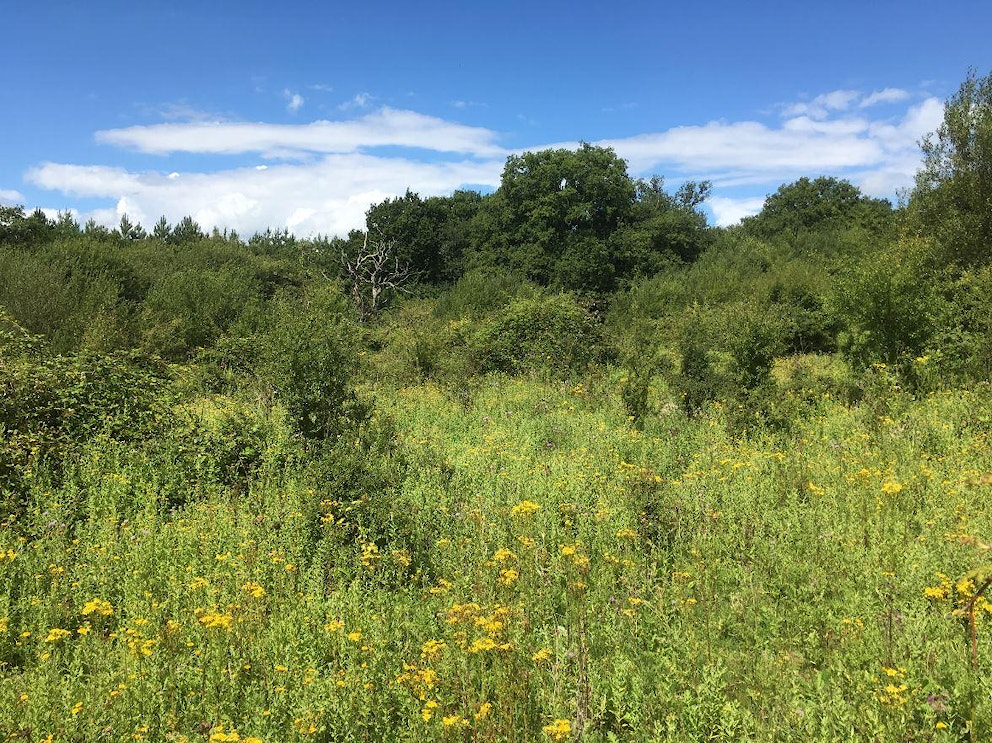
Some of Wales Celtic Rainforests are considered to be among the best examples of natural oak woodland in Europe. But even these small fragments are threatened by grazing pressure, the introduction of non-native plantation conifers and invasive species like rhodedendron. Their value is now recognised by Celtic Rainforests, managed jointly by Snowdonia National Park Authority, the Woodland Trust, RSPB, National Resources Wales and other partners. Our rainforests then need to be allowed to expand over as much of their former landscapes as possible, through a process of assisted natural regeneration. The same is true of ancient woodlands, which are only absent because we’ve destroyed them and because we constantly labour to prevent their return.
If we let them, trees will plant themselves in their many millions over virtually all of Britain.
As soon as we stop destroying them — with ploughing, strimming, cutting and grazing — saplings will resprout and the ancient wildwood that ranged across these islands will quickly start to return.
A version of this article was also published in The Woodland Trust’s membership magazine, Wood Wise.

Explore our Rewilding Manifesto
Learn more
Our vision
We have big ambitions. Find out what we’ve set out to achieve through rewilding.
Our vision
